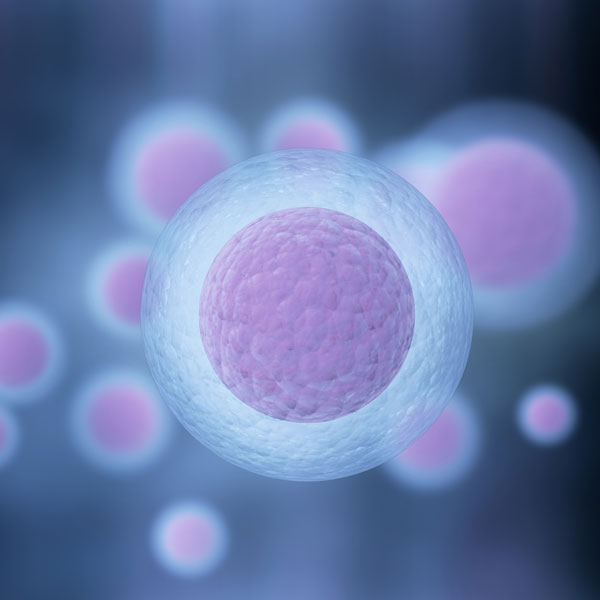
Regenerative Medicine
Regenerative medicine (also known as PRP Treatments or Platelet Rich Plasma) is the utilization of the different agents to augment the bodies own healing mechanisms. This can be obtained by using material from the patient (known as an Autograft) or from material donated by another person (known as an Allograft).
At Paragon Sports Medicine, we strive to stay on top of the latest research and science behind all the regenerative medicine techniques to help our athletes recover faster. Dr. Garten has been involved in multicenter research studies on various regenerative medicine therapies. He performs each of these techniques under ultrasound guidance to precisely target the diseased tissue and provide the best potential for a positive outcome.
We offer the following prp treatment and regenerative medicine options in our clinic:
-
Platelet Rich Plasma (PRP Treatment) Injections
Platelet Rich Plasma (PRP Treatment) is also known as autologous platelet concentrate (APC). Platelets are a specialized type of blood cells that are involved in injury healing. With PRP, a concentrated platelet solution is injected into the injured area to stimulate healing.
Why Does PRP Work?
Human platelets are extremely rich in connective tissue growth factors. Injecting these growth factors into damaged ligaments and tendons stimulates a natural repair process. But in order to benefit from these natural healing proteins, the platelets must first be concentrated. In other words, PRP recreates and stimulates the body’s natural healing process.
What Conditions Benefit From PRP?
PRP treatment works best for chronic ligament and tendon injuries that have failed other conservative treatment, including:
- Osteoarthritis
- Rotator cuff injuries
- Tennis & golfer’s elbow
- Hamstring and hip strains
- Quadriceps and patellar tendinosis
- Achilles tendinosis & plantar fasciitis
How is PRP Done?
In the office, blood is drawn from the patient and placed in a special centrifuge, where the blood is spun down. The platelets are separated from the red blood cells and are concentrated. The red blood cells are discarded, and the resulting platelet concentrate is used for treatment. While the blood is spinning in the centrifuge, the painful area is injected with lidocaine to numb it. The PRP is then injected using ultrasound guidance. The entire treatment, from blood draw, to solution preparation, to injection, takes 30-45 minutes.
How Often are Injections Given?
After the initial treatment, a follow up visit is scheduled 6-8 weeks later. Some patients respond very well to just one treatment; however, sometimes a 2nd injection may be required.
Is PRP Covered by Insurance?
Despite the encouraging studies done on PRP, the procedure is still deemed “experimental” by insurance and is not covered by insurance. Health Saving Accounts and Flexible Spending Accounts can be used towards the payment of the procedure. Our billing department can answer questions regarding cost.
Do PRP Injections Hurt?
Because the injured area is first anesthetized with lidocaine, the actual injections are slightly uncomfortable. Once the lidocaine wears off in a few hours, there is usually mild-to-moderate pain for the next few days. Ice for the first 2-3 days after the procedure is beneficial for pain control. For the first 2-4 weeks after the injections, it is critical to avoid anti-inflammatory medications, including Advil, Motrin, ibuprofen, Aleve, Celebrex. These will interfere with the healing response. Tylenol is OK. Your doctor may prescribe pain medication also.
Are There Risks With PRP?
Anytime a needle is placed anywhere in the body, even getting blood drawn, there is a risk of infection, bleeding, and nerve damage. However, these are very rare. Other complications, though rare, can occur depending on the area being treated, and will be explained by your doctor before starting treatment.
What is the Success Rate?
Studies suggest an improvement of 80-85%. Some patients experience complete relief of their pain. The results are generally permanent!Additional Therapies
To get maximum benefit from the treatment, and to help prevent re-injury, physical therapy after the procedure is required. This helps the newly developing connective tissue mature into healthy and strong tendon or ligament fibers.
-
Mesenchymal Stem Cell treatment
Mesenchymal Stem Cells (MSCs) are progenitor connective tissue cells that can differentiate into different types of cells depending on the signals they receive from surrounding tissues. MSCs can become bone cells (osteoblasts), cartilage cells (chondrocytes), fat cells (adipocytes) or muscle cells (myocytes). There are several ongoing studies looking at the potential for healing using MSCs in sports medicine. Most of the studies done to date have looked at surgical implantation of these cells using a bioactive matrix to hold the cells in place. Newer studies are examining the usefulness of administering these cells via injection.
Mesenchymal Stem Cells for injection can be obtained from bone marrow or fat sources. Either of these techniques can be done in the office. Please call our office (470-270-8978) for a consultation to discuss MSCs and other regenerative medicine treatments.